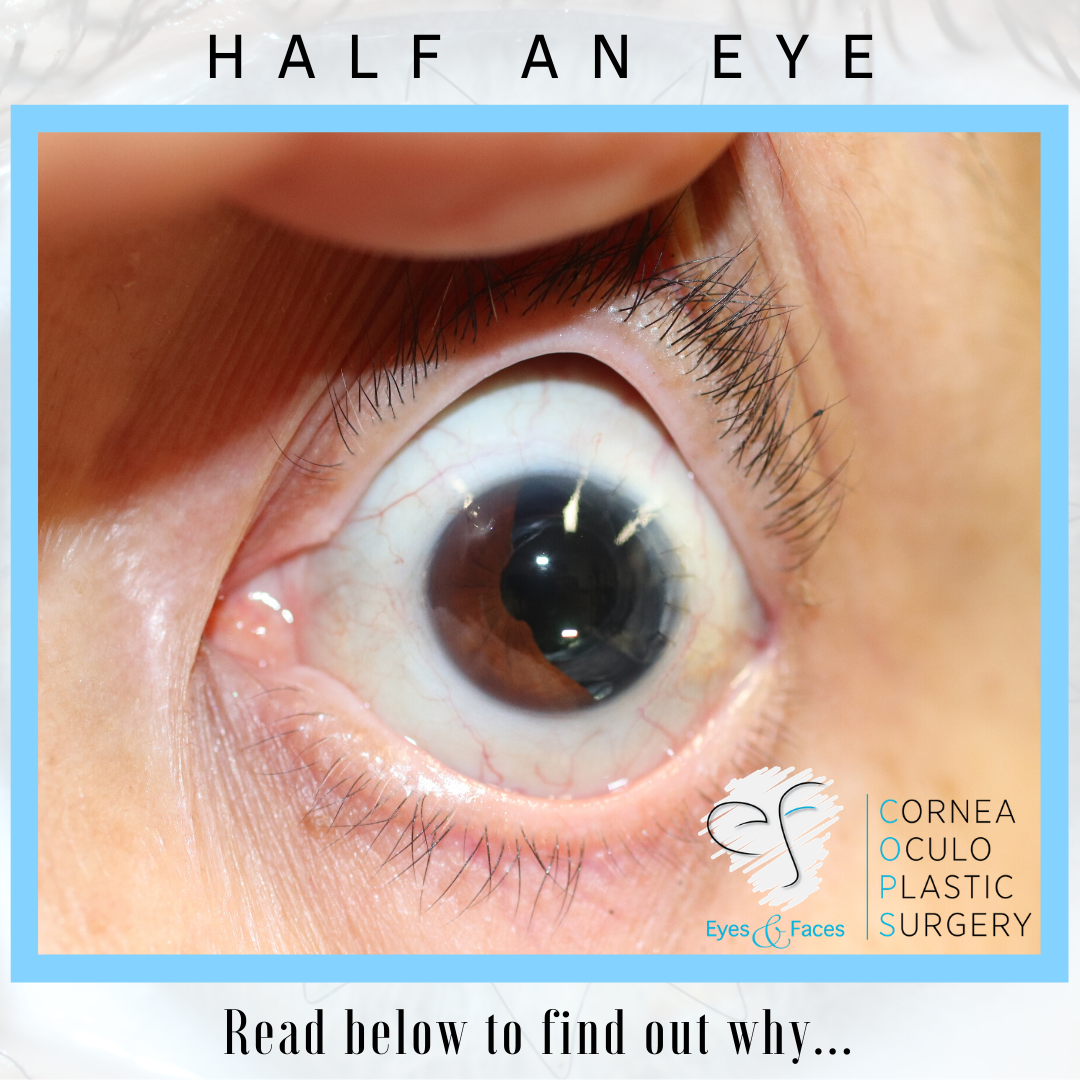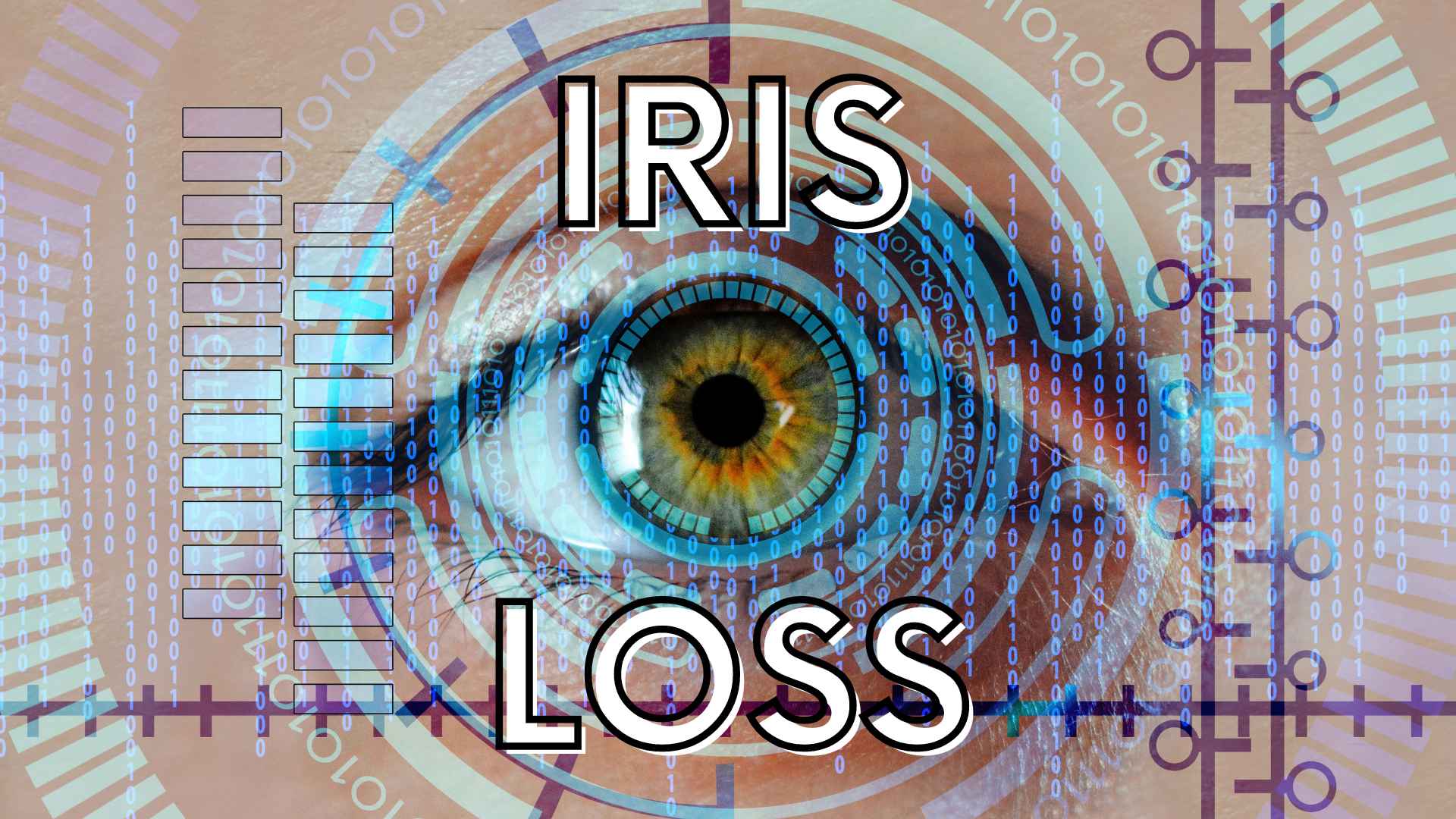This lady had routine cataract surgery and then the skin from outside her eye crept through the wound and started growing inside her eye. Without treatment, she would lose the eye.

To correct the problem, Dr Anthony Maloof had to remove all the damaged areas inside the eye, including half the iris and pupil. She remains disease-free after 2 years and sees 20/20 vision.
Read on to learn more about the Iris…
The Iris
In the realm of ocular health, the iris plays a pivotal role, serving as both a functional and aesthetic component of the eye. Understanding the intricacies of iris health is essential for maintaining optimal vision and overall well-being. In this comprehensive guide, we delve into the various aspects of iris anatomy, function, and potential health indicators.
Iris Anatomy Demystified
The iris, a circular and pigmented membrane behind the cornea, regulates the amount of light entering the eye. Composed of smooth muscle fibers, connective tissues, and pigments, its intricate structure contributes to the eye’s ability to focus and adapt to varying light conditions.
Layers of the Iris
The iris comprises several layers, each with distinct functions. These include the anterior border layer, stroma, and posterior border layer. Understanding the role of each layer is crucial in grasping the overall functionality of the iris.
Functions of the Iris
The iris goes beyond its aesthetic appeal, actively participating in crucial visual processes. Its primary functions include controlling the size of the pupil and influencing the amount of light reaching the retina. This intricate dance ensures optimal visual acuity in diverse environments.
Pupil Dilation and Constriction
The dynamic nature of the iris allows for the adjustment of pupil size, a process influenced by external light stimuli and the autonomic nervous system. Exploring the mechanics behind these adjustments sheds light on the body’s ability to adapt to different lighting conditions.

Iris Health Indicators
An individual’s iris can serve as a window to their overall health, with certain signs potentially indicating underlying medical conditions. Examining these indicators may offer valuable insights for both healthcare professionals and individuals alike.
Iris Color and Health Correlations
Research suggests that variations in iris color may be linked to specific health conditions. While not definitive, certain correlations between iris color and predisposition to certain diseases have been observed. Understanding these correlations can empower individuals to take proactive measures for their well-being.
Maintaining Iris Health: Best Practices
Preserving the health of the iris involves adopting lifestyle habits that support overall ocular well-being. Incorporating these practices into daily life contributes to long-term eye health and may mitigate the risk of potential issues.
Nutritional Support for Iris Health
A well-balanced diet rich in nutrients such as vitamins A, C, and E, along with essential minerals, supports iris health. Exploring the correlation between nutrition and ocular well-being provides actionable insights for those seeking to enhance their iris health.
The iris is not merely a captivating aspect of eye anatomy but a crucial player in visual function and health. By comprehensively understanding its anatomy, functions, and health indicators, individuals can take proactive steps to maintain optimal iris health.
To find out more visit: www.oculoplasticsurgery.com.au
To book an appointment, click here!


